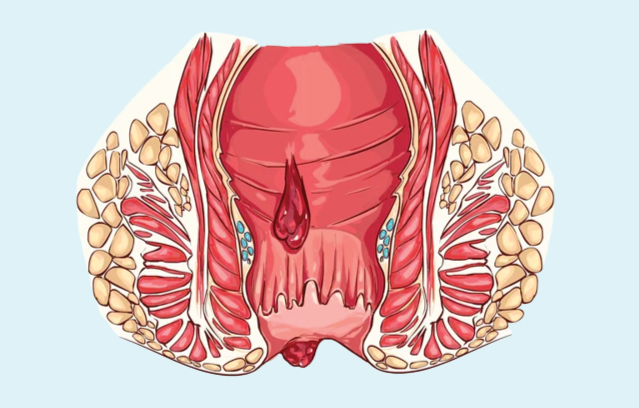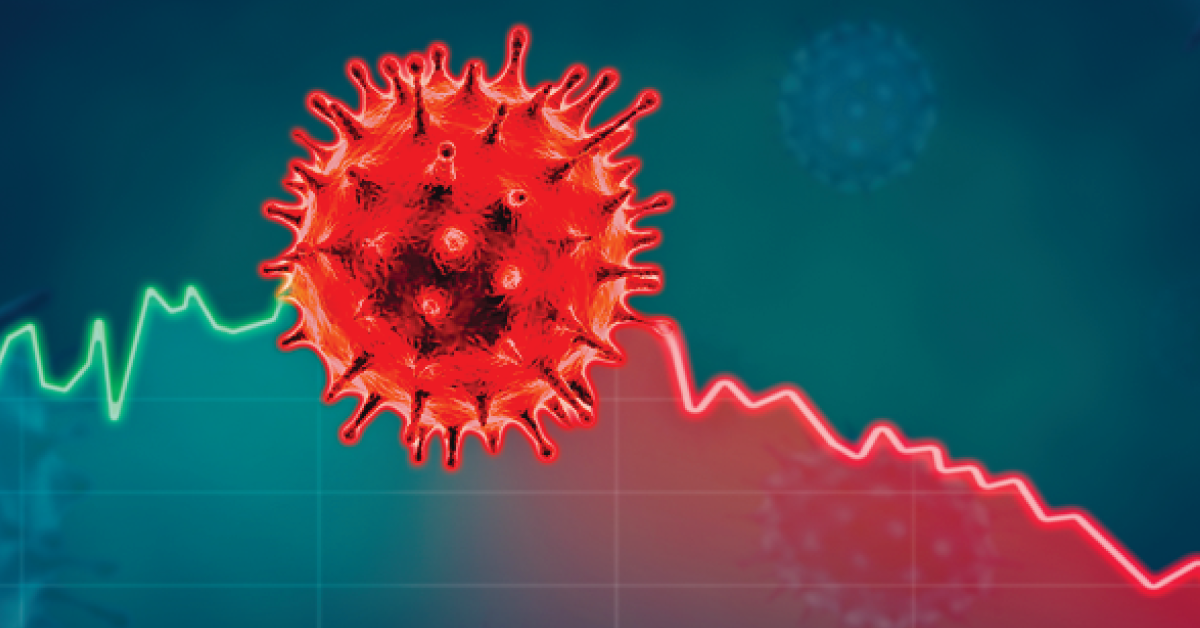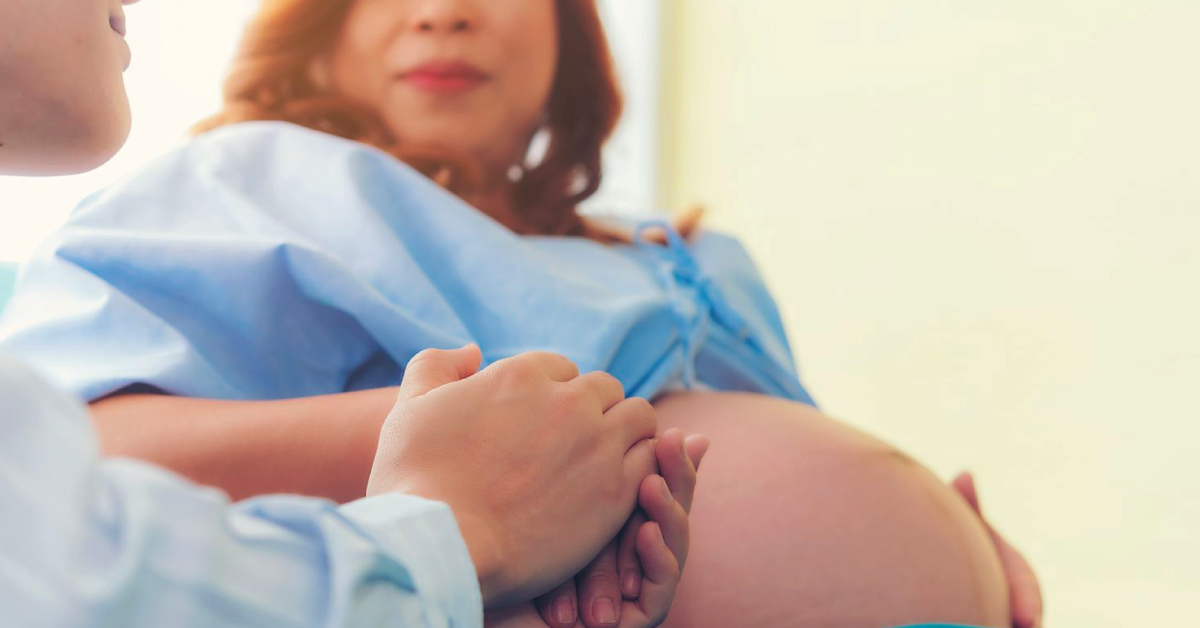
Piles is an alternate term for hemorrhoids. Swelling or inflammation in the blood vessels of anus and rectum is called piles. The swelling is seen around the anus and buttocks. The meaning of hemorrhoids is veins that are vulnerable to burst or discharge of blood. Piles that develop inside the rectum are called internal hemorrhoids. Piles that develop around buttocks or anus are called external hemorrhoids. In some cases they subside on their own. If not, consult a general surgeon or a laparoscopic surgeon to treat them. There are many advanced treatments in the present day to cure piles.
Causes of Piles
There are many causes of piles. But all of them are not clearly known. When pressure is applied during the passage of stool, the veins get stretched and inflammation occurs. The common causes for piles are as given.
- Constant strain or pressure during bowel movement.
- If a patient suffers from severe diarrhea or constipation.
- Taking a diet which has a low or no fiber diet.
- Being pregnant or overweight. Hormonal changes in pregnancy can cause piles. Over weight can put pressure on abdomen.
- Spending more time in the washroom in a sitting position.
The above stated are common causes for piles. However they might differ from each patient.
Types of Piles
There are three types of piles. They are as given.
- External hemorrhoids
Here the swelling of blood vessels is seen around the anus line and buttocks just beneath the skin. The swelling is visible.
- Internal hemorrhoids
Here the swelling is deep inside the blood vessels. It is not clearly visible or felt outside. Doctors give grades to internal hemorrhoids. It is based on prolapse. In first grade hemorrhoids do not prolapse. In second grade hemorrhoids prolapse only during passage of stool. In third grade hemorrhoids prolapsed and needed to be set back. In fourth grade the hemorrhoids cannot be pushed back.
- Thrombosed hemorrhoids
This is also a type of external hemorrhoid. But the blood clots (thrombus) are formed here.
Be it any type of piles consult a general surgeon or a laparoscopic surgeon when diagnosed.
Signs and symptoms of Piles.
In many cases the symptoms of piles even if seen are resolved after a certain period of time. But sometimes they do not subside. Then it is necessary to consult a general surgeon. The common symptoms of piles are as given.
- Itching and irritation at the anal region.
- Pain and swelling around anus.
- Pain and discomfort during passage of stool.
- During bowel movements bleeding is observed without pain.
- Protruding of hemorrhoids.
- Sometimes clots are also observed.
- Change in color and consistency of stools.
If at all the above symptoms are observed please consult a general surgeon without any delay. If not possible, take an online consultation.
Diagnosis of Piles
In case of external hemorrhoids, the general surgeon can easily see the hemorrhoids. But whereas for internal hemorrhoids some tests will be recommended by the general surgeon.
- The general surgeon inserts a finger which is covered with gloves and is lubricated. So that any lumps or swelling can be felt.
- If at all the above test cannot decide anything then the general surgeon might go for another test. An anoscope or sigmoidoscope or proctoscope is used to examine the colon and rectum completely.
- In some cases colonoscopy is also done to examine entire colon
To know what tests are to be done, speak to a general surgeon by online consultation.
Treatment for Piles
Not all the piles need surgeries. Some can be cured easily by some medication. Some medicines with hydroxycorticosterone or witch hazel are recommended by a general surgeon. Zinc oxide ointments can relieve itching and irritation. Lidocaine is used as a local anesthetic cream. They can reduce the irritation and discomfort. Also some steroid creams are suggested. Only use any ointment or medicine by the general surgeon prescription. Do not take it on your own. Other treatments to piles are mainly two types. They are as given.
Minimally invasive procedures
- Sclerotherapy
An injection with a chemical solution is administered by the general surgeon. This can shrink the hemorrhoid tissue. Then the swelling reduces.
- Coagulation
A laser surgeon uses infrared light or laser beam for coagulation. By this the internal hemorrhoids become hard and shrink. Then scarring occurs to the hemorrhoid tissue. By this blood supply is blocked and thus the size reduces. Sometimes low electric current is also used for this.
- Rubber band ligation
In this process the blood supply to the internal hemorrhoids is cut. This is done by placing one or two small rubber bands at the base of the hemorrhoid.
To know which process is better consult a laparoscopic surgeon or a laser surgeon.
Surgical procedures
- Hemorrhoidectomy
In this process the excessive tissue is removed which is causing bleeding. There are many techniques to do this. A general surgeon can choose any technique which suits the patient better. During this local anesthesia is given. This process is widely used to treat chronic and recurring hemorrhoids.
- Hemorrhoidopexy
This process is hemorrhoid stapling. This is mainly done for internal hemorrhoids. The blood flow is stopped by stapling the hemorrhoids.
External hemorrhoid thrombectomy
If a blood clot (thrombosis) is formed and causes pain a general surgeon might suggest for removal. External hemorrhoids are removed by giving local anesthesia.
Each patient will have different symptoms and conditions. So all the procedures might not be suitable for everyone. There can be complications and side effects of surgeries too. So initially consult a general surgeon or laparoscopic surgeon or laser surgeon to know what treatment is better for you.
Risk factors and complications of piles.
For many diseases in present days lifestyle and diet is the main cause. Obesity can increase the risk of piles. Any activity that can increase pressure on the abdomen like heavy weight lifting can cause piles. Those who have continuous constipation can develop piles.
Piles also have many complications associated with it. If the bleeding continues that can cause anemia. The red blood cells are lost and iron content decreases. Perianal thrombosis can occur or internal hemorrhoids with subsequent thrombosis might occur. Here the blood clots are formed which cause severe pain in the perianal region.
Prevention and precautions to Piles.
Due to aging and lifestyle many are likely to get piles. But it can be prevented too. Here are some preventive measures.
- Always drink more water so that it will not be hard to pass stool.
- Eat a fiber rich diet. Take fresh vegetables and fruits and fruit juices. Start fiber in a step wise process. All of a sudden increase in fiber can cause gas trouble.
- Try to avoid junk food and deep fried food. Instead use fiber supplements by doctor advice.
- Do some physical activity other than daily work. It is proven that some exercises can reduce piles.
- If there is any discomfort in stool passage use laxatives by the suggestion of a general surgeon.
- When there is an urge to stool attend fast. Do not pressurize too much for stool.
- Try to avoid alcohol and more caffeine. These can cause dehydration and reduce water levels. By which the stool passage becomes hard.
- Many use the washroom as a reading room. Do not make yourself comfortable to sit on the toilet seat for a prolonged time. Keeping aside piles, the toilet seat has a lot of bacteria too.
Even if any symptoms are seen or any changes are observed in stool do not panic. Consult a general surgeon and take proper medical advice. If not, at least take online consultation. Not every constipation is piles. Not every piles needs surgery. Initially clear your doubts with a general surgeon.


